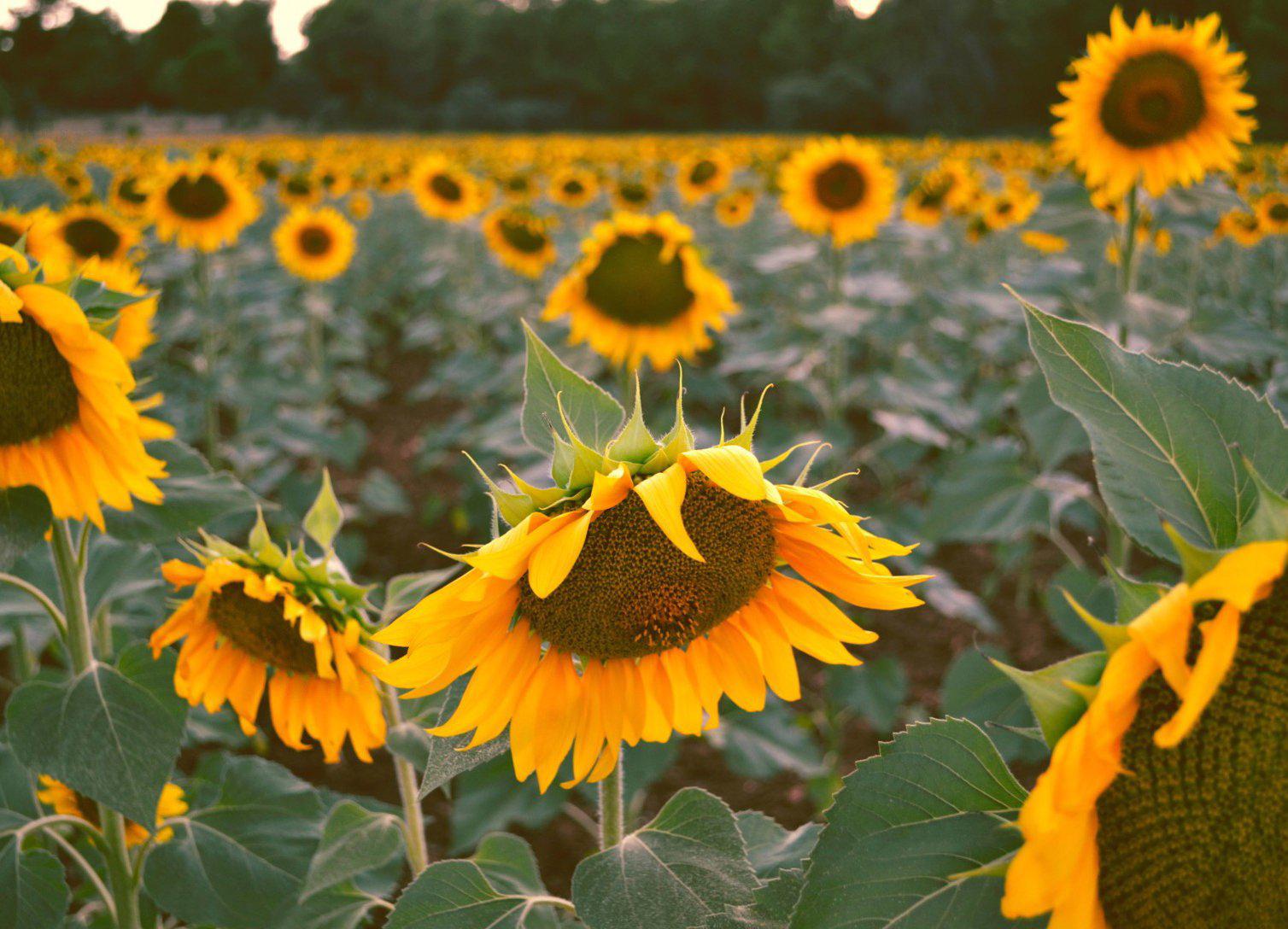
The dog days of summer are upon us. And no matter what USDA plant hardiness zone you find yourself in, there are a few things you can do to protect and help your gardens though these last days of summer. Whether you are growing veggies, container plants, a pollinator field or a flower garden we have some insider tips to help you get the most out of this month!

In the Flower Garden
Watering is key right now. Most flowers need about an inch of water a week in the summer, but may require up to 3 inches when temps are in the triple digits. In the dry summer heat and at a time when your flowers are hard at work with their beautiful displays, a sufficient amount of water is vital to current beautiful blooms and the health of future buds. Many flowers such as camellias and rhododendrons will develop more blooms in the next season if well watered and protected from sun burn this time of the year. Water early in the morning before the heat hits, this helps prevent water waste but also allows water to dry on leaves and stems, making your plants less susceptible to disease.
Prune flowering shrubs that have stopped blooming and dead head perennials to encourage flowering longer into the season and a healthy plant for next year. Any cutting of blooms, pruning or dead heading is also best done in the cool of the morning or evening. Annuals need extra nourishment right up until the first frost, and depending on the perennial they may also continue to require fertilizing, but this also may be the time to taper off feeding for some perennials as they have finished flowering and now need to 'rest'. If you have a flower that blooms later in the summer into early autumn, such as roses, early August is an appropriate time for adding extra nutrients.
Flowers stressed by high temps and drought are more susceptible to mildew and fungal diseases, keep a close watch and promptly remove any yellowed or spotted leaves, and prune when necessary to avoid crowding, especially in more humid climates.
Divide crowded plants and replant, Irises should be divided at the root at this time. Stake up tall stalks to reduce stress. Lightly prune flowering shrubs now so that they have sufficient time to harden before the first frost.

For the Veggie Lovers
Once again as the weather heats up your veggies are also hard at work producing beautiful produce..this means they need a LOT of water.
As with flowers, save mature heirloom seeds as you harvest. Methods vary by species, but is typically done from ripe or rotting fruit. Seeds from herbs such as dill, fennel, caraway and chervil can also be harvested at this time.
Tomatoes should continue to be fertilized and you can shorten the top of the plant to concentrate growth in the bearing of fruit. Remove lower leaves to prevent fungal diseases. You can also feed your corn with tomato fertilizer this time of the year! Extra water and a little extra nutrition and your ears of corn will be sweeter and jucier than ever!
Cut back herbs to encourage a new month of growth. Stay on top of harvesting (especially of beans) to prevent your plants from going to seed and rot.
Wildflower Power
Once wildflowers start to go to seed, you may mow the pasture (on the largest cutting setting) or hand cut the area and scatter the cuttings/seeds for a new crop of blooms next year. Weed out any unwanted or invasive species. Mowing is not required and your wildflowers can stay put all winter long and will still scatter naturally, and while we advocate leaving them up as a safe habitat for critters, many areas will not allow the dead and dry plants to remain for aesthetic or fire-management reasons! Either method will not harm the next year's growth.

The Container Garden
Water most outdoor containers at least once a day during this hot summer month, a good rule of thumb is to water when soil is dry to the touch, which for most of my outdoor containers is once a day, when we hit triple digits it is occasionally necessary to give our containers a second smaller watering in the afternoon. Avoid watering in the evening as wet, hot plants can foster disease. Watering until you see water draining into the tray is a good way of knowing you've watered enough.

What do you look forward to most about this time of year? We love the last of our summer harvest and preserving the flavors and colors of summer! What do you most look forward to in the fall? Let us know on our instagram page!







